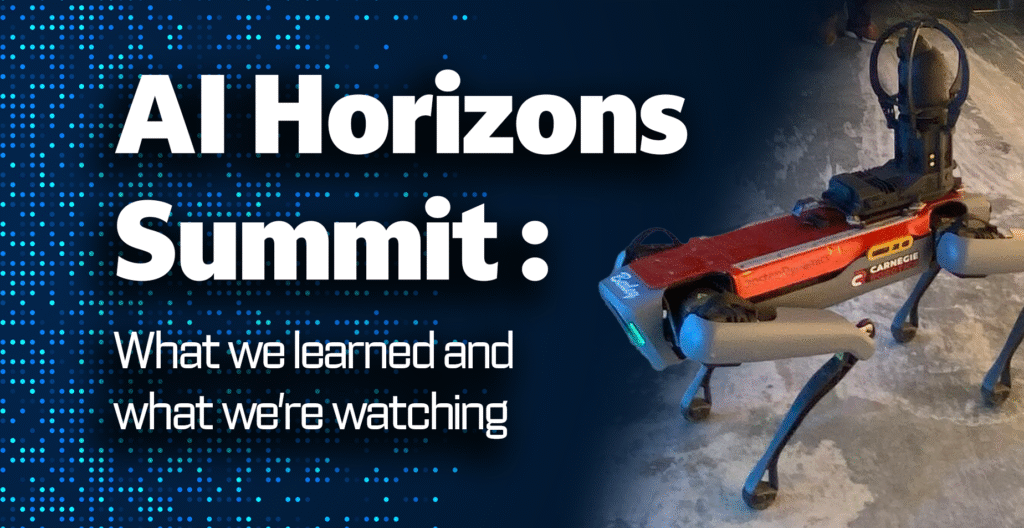
In the practice of issue advocacy, building new allies and engaging current ones to create a coalition can be a game-changer. You may have a terrific organization or company with a timely and important issue to advance, but assembling a coalition of people and organizations that share your common goal helps advance its legitimacy. It can also help you tap into a vastly bigger network to amplify your message.

I have been working in issue advocacy and coalition building for over a decade. There are some elements of this work I think ring true in almost every situation.
In order to build an effective coalition that will go the distance, you want to be careful and thoughtful about who you engage and why. You should always consider the audience you are aiming to convince about your issue so that you gather the most impactful participants you can to your cause.
Do you need folks with a large grassroots network that you can tap into to call their decision makers?
Will this coalition partner lend an influential voice that will make an impact with your key decision makers?
Can this coalition partner add diversity and represent voices that may not otherwise be heard?
Having a large coalition is great, but it’s also critical you choose the right partners. Quantity can be impressive, but quality is critical.

Once you have assembled your coalition, you must then put it to work. Remember, even though you may have dedicated coalition members who want to succeed as much as you, it’s unlikely they have much time as you to commit to the effort. For that reason, you need to make it as easy and convenient as possible for them to engage.
For example, you might provide template letters for them to customize and send to decision makers. Or you can develop talking points to guide their interactions and make them feel confident and comfortable. Or, simply write call scripts or action alerts they can share with their members.
Coalitions not only take time to build, they take a lot of time to manage. Whenever possible, I work to interact individually with members of my various coalitions to check in, discuss strategy and strategize with them to develop the best ways for them to engage.
Working with coalition members is not a “one size fits all” approach. You have to learn about their strengths, answer their questions and be willing to find the best way to work together. Relationships are key, as is trust. Your coalition members must trust you would not put them in a bad position and you must do everything you can to set them up for success.
As we celebrate Women’s History Month this March, I think about all the things women have worked together to achieve and how many coalitions were built to advance those goals. In 1920, women finally won the right to vote. Almost a century later, we have the greatest number of women in Congress that have ever served, and the most diverse body of elected officials that have ever represented our country

I have no doubt that some serious coalition building was done to elect these legislators and will still be done to advocate for important issues within their jurisdiction. I can’t wait to see how far these coalitions will go together.




